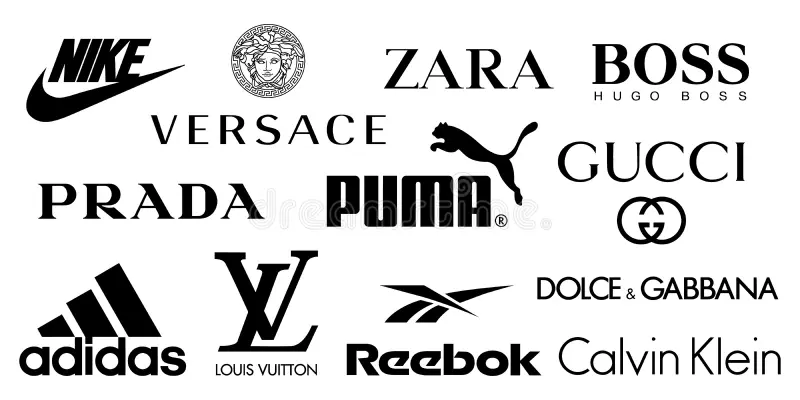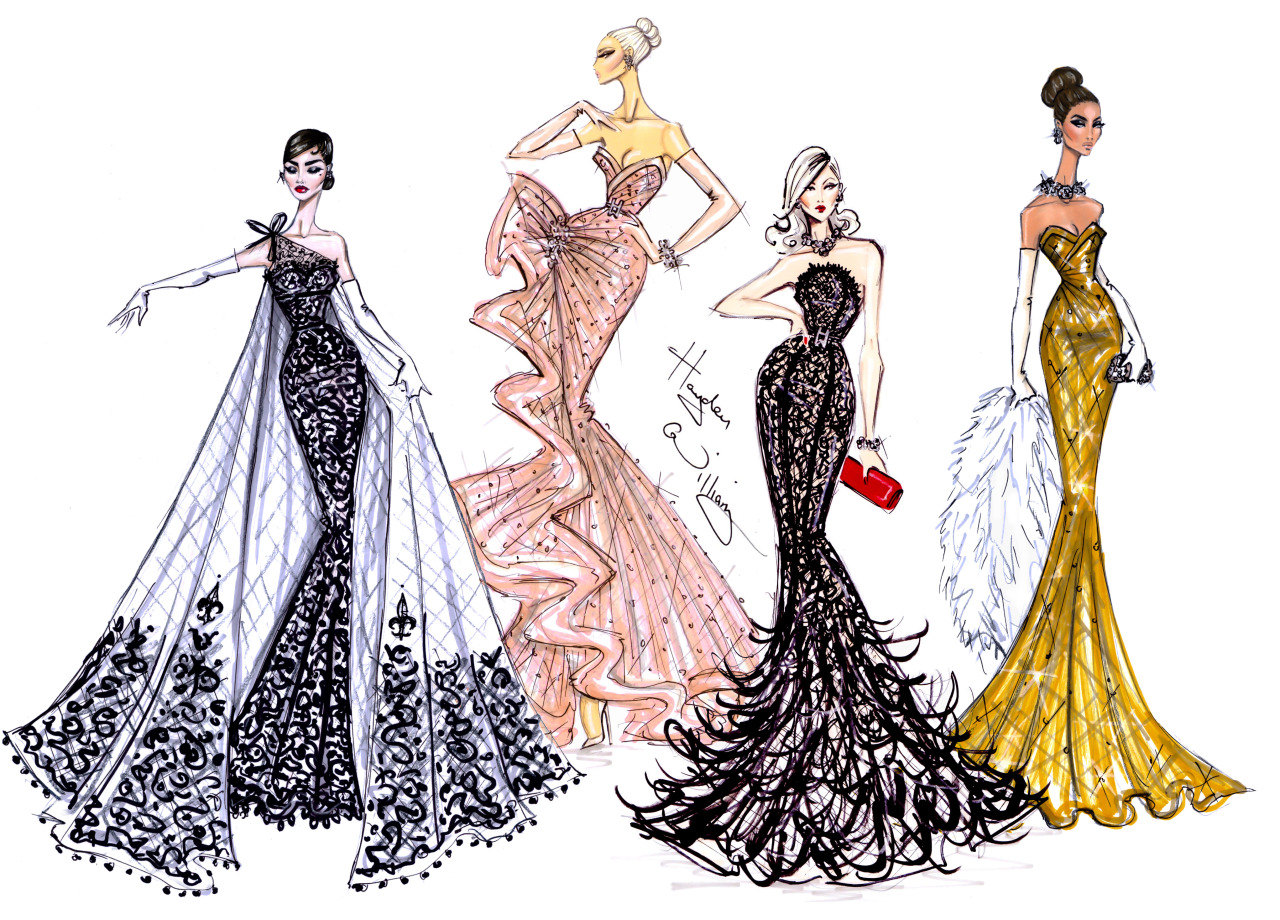Introduction
Fashion brands hold a significant place in our lives, not only as providers of clothing and accessories but also as symbols of style, status, and identity. Over the years, fashion brands have played a crucial role in shaping the industry and influencing global fashion trends. This article delves into the evolution of fashion brands, from their historical origins to their present-day dominance, exploring how they have become a cornerstone of modern consumer culture.
I. The Birth of Fashion Brands: From Artisans to Houses
Fashion brands emerged during the late Middle Ages and Renaissance as skilled artisans gained recognition for their craftsmanship and distinctive styles. They began to label their creations, establishing their unique identity and laying the foundation for the fashion houses we know today. Iconic brands like Louis Vuitton and Burberry have their roots in this era, starting as small workshops and evolving into global powerhouses.
II. The Golden Age of Couture: Rise of Haute Couture Brands
The 20th century witnessed the emergence of haute couture brands, which epitomized luxury, craftsmanship, and exclusivity. Renowned designers like Coco Chanel, Christian Dior, and Givenchy established themselves as fashion authorities, catering to the elite and setting the standards for high-end fashion. Haute couture brands continue to thrive as custodians of luxury and heritage.
III. The Ready-to-Wear Revolution: Accessibility and Mass Appeal
The post-World War II era saw the rise of ready-to-wear fashion, which democratized clothing and made fashion more accessible to the masses. Brands like Zara, H&M, and Uniqlo spearheaded the ready-to-wear revolution, offering affordable yet trendy clothing that resonated with a broader consumer base. Fast fashion, though criticized for its environmental impact, changed the way people consume fashion and sped up the industry’s turnover.
IV. Branding and Identity: Beyond Logos and Slogans
Fashion brands have mastered the art of branding, establishing distinct visual identities and brand personalities. From memorable logos to impactful advertising campaigns, they create narratives that evoke emotions and resonate with consumers. Brands like Nike and Adidas have successfully built a strong brand identity that goes beyond their products, connecting with customers on a deeper level.
V. Luxury Brands and Exclusivity: The Power of Aspiration
Luxury brands thrive on exclusivity, positioning themselves as aspirational symbols of wealth and status. Brands like Gucci, Hermès, and Prada maintain an aura of exclusivity through limited editions, high prices, and meticulous craftsmanship. Luxury fashion has become an expression of social status and a means for consumers to showcase their achievements.
VI. Streetwear and Sneaker Culture: From Subculture to Mainstream
Streetwear emerged from urban subcultures, embracing elements of hip-hop, skateboarding, and graffiti. Brands like Supreme, Off-White, and Yeezy transformed streetwear into a mainstream phenomenon, collaborating with high-fashion labels and attracting a global fanbase. Sneaker culture, in particular, became a massive market, transcending gender and age boundaries.
VII. Sustainability and Ethical Brands: Fashion with a Conscience
As consumers became more conscious of environmental and ethical issues, sustainability became a significant focus in the fashion industry. Ethical fashion brands like Patagonia, Eileen Fisher, and Stella McCartney champion eco-friendly practices, fair labor conditions, and transparent supply chains. These brands not only offer conscious choices to consumers but also drive the industry towards a more sustainable future.
VIII. Fashion Tech Brands: Innovating the Future of Fashion
With advancements in technology, fashion and tech have intertwined to give rise to fashion tech brands. Companies like Farfetch, Rent the Runway, and The Yes are revolutionizing the way we shop for clothing, introducing innovations like augmented reality, AI-powered styling, and clothing rental services. Fashion tech brands are redefining the shopping experience and challenging traditional retail models.
IX. Inclusivity and Diversity: Embracing All Identities
The fashion industry has faced criticism for its lack of diversity and representation. However, in recent years, many brands have taken steps to embrace inclusivity and celebrate diversity. Brands like Fenty Beauty, Savage X Fenty, and Tommy Hilfiger have incorporated diverse models, expanded size ranges, and created adaptive clothing lines, promoting a more inclusive and body-positive fashion landscape.
Conclusion
Fashion brands have evolved significantly over time, adapting to cultural shifts, technological advancements, and changing consumer preferences. From the early days of artisans and couturiers to the modern landscape of luxury, streetwear, sustainability, and fashion tech, each era has contributed to the multifaceted world of fashion brands. As the industry continues to evolve, fashion brands will undoubtedly play an essential role in shaping our perception of style, reflecting societal values, and transforming the way we express our individual identities.






